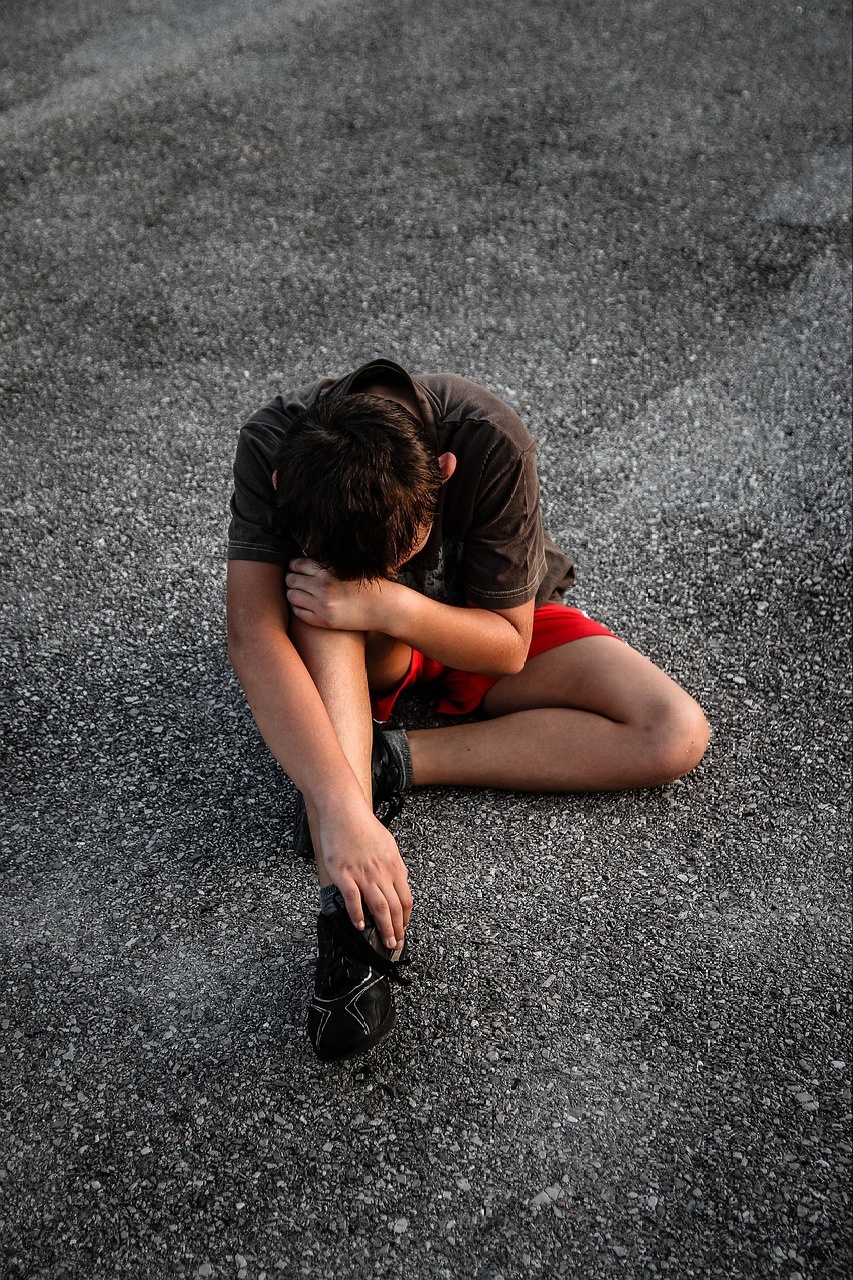Trauma Wounding Vs Attachment Wounding

Trauma wounding and attachment wounding are distinct but interconnected concepts that relate to different aspects of an individual’s psychological and emotional well-being. Understanding the difference between these two types of wounds can provide insights into their origins, impacts, and potential paths toward healing.
Trauma Wounding:
Trauma wounding occurs when there is physical harm or threat. There are two types: Non-relational trauma wounds and Relational trauma wounds.
Non-relational trauma comes from experiencing or witnessing impersonal events such as natural disasters, house fires, car accidents, sports injuries, violence, abuse, or war.
Relational trauma comes from people, like parents, siblings, extended family, someone known or someone unknown Trauma can have a profound impact on an individual’s sense of safety, trust, and overall well-being.
Common symptoms of trauma wounding may include flashbacks, nightmares, hypervigilance, avoidance of triggers, emotional numbness, difficulty concentrating, and a sense of disconnection from oneself or others. These symptoms often arise as a result of the brain’s natural response to protect itself during or after a traumatic event.
Attachment Wounding:
Attachment wounding, on the other hand, is the worst kind of trauma wounding. It relates to disruptions or negative experiences in early childhood bonding and attachment relationships. Attachment is a fundamental aspect of human development, shaping our capacity for emotional connection, trust, and intimacy throughout life.
Attachment wounding can include parental sexual abuse, abandonment, physical abuse, physical threats, failure to protect, and life-threatening neglect. When attachment needs are not adequately met during childhood, it can lead to attachment wounds that affect relationships and emotional well-being.
Attachment wounds can result from experiences such as neglect, inconsistent caregiving, abuse, separation from primary caregivers, or disrupted attachment figures due to significant life events. These wounds can influence one’s ability to form secure attachments, regulate emotions, and engage in healthy, trusting relationships.
Symptoms of attachment wounding may include difficulty forming close relationships, fear of abandonment, low self-esteem, emotional dysregulation, chronic feelings of emptiness, and challenges in maintaining healthy boundaries.
It’s important to note that trauma wounding and attachment wounding are often interconnected. Traumatic experiences can impact attachment relationships, as they can disrupt trust, create fear, and affect one’s ability to feel safe in relationships. Similarly, attachment wounds can make individuals more vulnerable to experiencing trauma or can exacerbate the impacts of traumatic events.
If you are struggling with any of these wounds Contact Us or join us in our skills group for coping skills strategies.
Damalie Namale
Founder and Lead Counselor
www.forerunnercounseling.com
